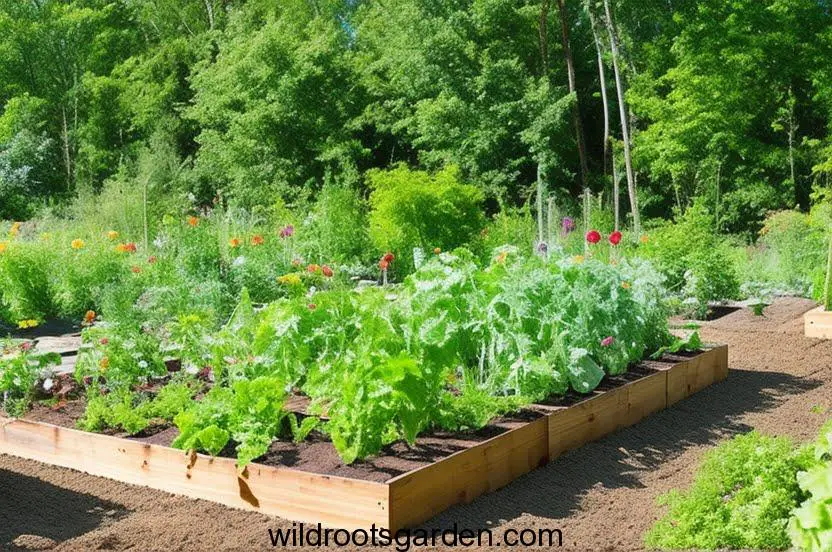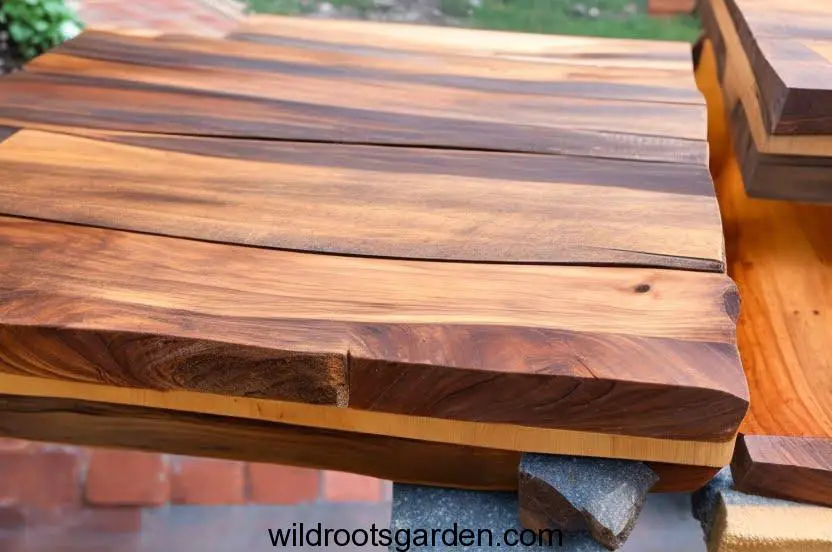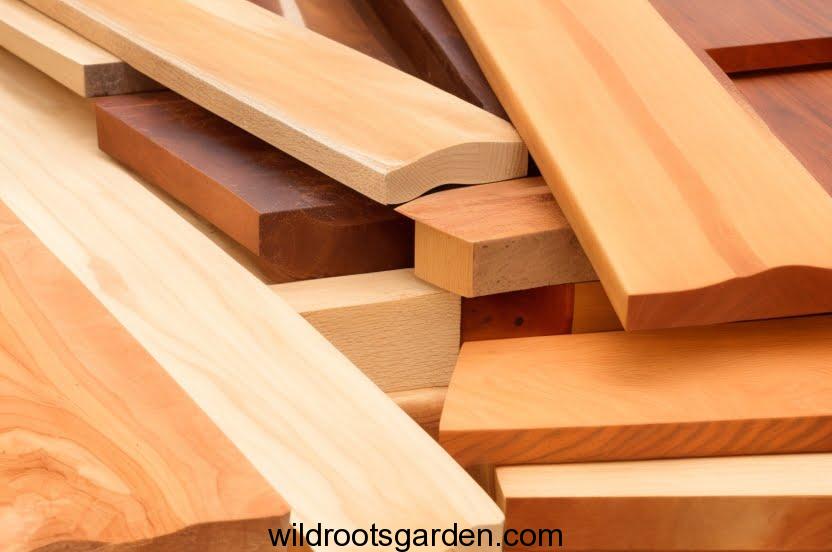Can I Use Old Pressure Treated Wood for a Vegetable Garden? Find out if you can build a vegetable garden with old pressure-treated wood. Learn more about the security, advantages, and potential concerns by consulting an expert. Discover how to appropriately recycle used wood while keeping your garden in good shape.
If you enjoy gardening and DIY projects, you might wonder if it’s okay to use old pressure-treated wood in your vegetable garden. Since that pressure-treated wood is laced with chemicals to fend off decay and insect damage, this worry is reasonable. We will go into the subject in-depth in this in-depth guide, answering your questions and offering professional views to assist you in reaching a conclusion. So, is pressure-treated wood from the past suitable for a vegetable garden? Let’s investigate!
Can I Use Old Pressure Treated Wood for a Vegetable Garden?
Due to the toxins, it carries, old pressure-treated wood poses threats to your food crop. To increase its endurance, wood is pressure-treated with substances like chromated copper arsenate (CCA). Arsenic, which is present in CCA, can seep into the soil and be ingested by plants. This is a serious issue, particularly when cultivating food crops.

It’s normally advised to steer clear of utilizing old pressure-treated wood in vegetable gardens to safeguard their safety. Instead, choose substitutes that won’t introduce potentially dangerous chemicals into your garden’s ecosystem.
The Risks of Using Old Pressure-Treated Wood
- Chemical Contamination: The primary risk of using old pressure-treated wood is the potential contamination of the soil with toxic chemicals. Arsenic, copper, and other preservatives used in the treatment process can leach into the soil, potentially harming your crops.
- Plant Absorption: Plants have the ability to absorb chemicals present in the soil. If your vegetables take up these chemicals, they could end up on your dinner plate, posing health risks to you and your family.
- Long-term Effects: While immediate effects of chemical exposure on vegetables may not be evident, long-term exposure can lead to a build-up of toxins in the soil, impacting future plant growth.
Best Practices for Reusing Old Pressure Treated Wood
Although it’s generally discouraged to use old pressure-treated wood in vegetable gardens, there are ways to repurpose it responsibly:

- Non-Food Garden Use: If you have old pressure-treated wood, consider using it for non-food-related purposes in your garden, such as building borders, trellises, or decorative elements.
- Composting: Avoid using pressure-treated wood in compost piles, as the chemicals can contaminate the compost and, subsequently, the soil.
- Raised Beds with Barriers: If you absolutely must use pressure-treated wood for raised beds, create a barrier between the wood and the soil. Line the interior of the wood with thick plastic sheeting or use a pond liner to prevent direct contact between the wood and the soil.
- Elevated Planters: Build elevated planters using pressure-treated wood, but ensure there’s no direct contact between the wood and the soil below.
Alternatives to Pressure-Treated Wood

To guarantee a safe and healthy vegetable garden, consider these alternative materials:
- Cedar or Redwood: These naturally rot-resistant woods make excellent choices for raised beds and garden structures.
- Untreated Pine: Although not as durable as cedar or redwood, untreated pine is a safer option for short-term gardening projects.
- Composite Wood: Composite wood, made from a combination of recycled wood fibers and plastic, is a durable and eco-friendly choice for raised beds.
- Concrete Blocks: Sturdy and long-lasting, concrete blocks can be stacked to create raised beds without any chemical risks.
- Bricks: Reclaimed bricks provide a charming and safe option for garden borders and raised beds.
FAQs
Q: Can I use pressure-treated wood for flowers or ornamental plants?
A: Yes, pressure-treated wood can be safely used for non-edible plants, flowers, or ornamental purposes.
Q: How long should I wait before planting vegetables in new pressure-treated wood?
A: It’s best to avoid using new pressure-treated wood for edible gardens. If using it for non-edible plants, let the wood weather for a few months before planting.
Q: Can I remove the chemicals from pressure-treated wood by washing it?
A: Washing pressure-treated wood won’t remove the chemicals entirely, and it’s still not recommended for vegetable gardens.
Q: Are there any health risks associated with using pressure-treated wood?
A: The health risks are mainly associated with the ingestion of chemicals present in the wood, which is a concern for edible gardens.
Q: What should I do with old pressure-treated wood I no longer need?
A: To dispose of old pressure-treated wood responsibly, check your local regulations for hazardous waste disposal or explore recycling options.
Q: Is it safe to use pressure-treated wood for herbs?
A: While herbs are not root vegetables, they can still absorb chemicals present in the soil. For safety, it’s better to use alternative materials.
Conclusion
In conclusion, it is not advisable to use old pressure-treated wood for a vegetable garden due to the dangers of chemical contamination. It is advisable to choose alternative products that won’t affect your crops or your health in order to create a safe and healthy environment for your vegetables. Choosing the correct materials will result in a flourishing and sustainable vegetable garden, whether it be through the use of naturally rot-resistant wood like cedar or redwood, composite wood, or other innovative alternatives.
Keep in mind that when gardening, the health of your family and the environment should always come first. Enjoy your garden!

